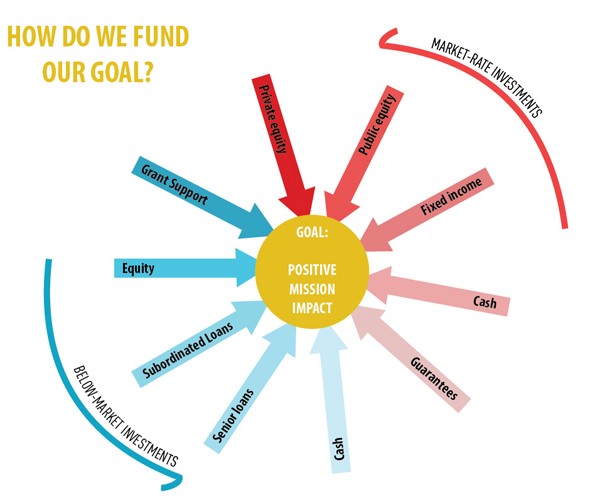Investing Simplify life go global with funds
Post on: 16 Май, 2015 No Comment

- FILED UNDER
By John Waggoner
You may have heard that you should have 10% of your portfolio in international funds. Or 15%. Or 35%, split between emerging market funds, international funds and Brazilian walnut funds.
Although it’s hard to prove, the amount that experts say you’re supposed to have in international stocks probably depends a great deal on how well international stocks have done in the past year or so.
If you’re tired of trying to figure out your international/U.S. stock mix, you could do worse than buying a global fund, which does the job for you. Surprisingly, the group as a whole has a good record — and some of the best have excellent records.
If you were to survey all the stocks available to buy in the world, you’d see that 45.8% are traded in the U.S. says Alec Young, Global Equity Strategist at S&P Capital IQ. So if you wanted exposure to all that the world’s stock markets have to offer and in actual proportion, you’d have slightly more than half your investments abroad.
You’d then have to further subdivide your holdings by size — large-cap, midcap, small-cap — and also by the development state of the country. Developed markets have a market value of about $27.3 trillion, and emerging markets account for $3.9 trillion, according to MSCI, which tracks world stock markets. Frontier markets, which include places like Morocco and Egypt, are worth just $238 billion.
All-in-one funds have a reputation for mediocrity. Slap together a fund that invests in stocks, bonds, commodities and money funds, for example, and it’s likely to lag behind in all four categories, unless the manager is especially nimble.
Global funds, however, have fared fairly well the past decade. The average large-company global core fund, for example, has gained 147% the past decade, vs. 111% for the average large-company core fund. (Translation from fundspeak to English: Large companies are those whose current market value — stock price times shares outstanding — is greater than $10 billion. Core funds look for stocks whose prices are reasonable, relative to earnings.)

Furthermore, the average large-cap core global fund is only modestly more volatile than its U.S.-only counterpart, according to Lipper, which tracks the funds. This is to be expected, to some extent: Returns from international stocks involve converting money back and forth between currencies. In general, foreign stocks held by U.S. investors get a boost when the dollar falls in value, and vice versa.
If you’re really looking for an all-in-one fund, then you’d probably prefer a multicap fund, which can invest in large or small companies. Multicap global core funds have gained about 130% the past 10 years. Average expenses are about the same, too: 1.2%.
The top-performing global multicap funds are worth a look, in part because they all have somewhat different approaches. Appleseed (AAPLX). the top performer, got to the top in part because of its defensive approach: It tends to carry a fair amount of money in money market securities. About 13.8% of its $222 million in assets is in cash. The fund also has about 17% in gold, which is unusual for a stock fund, to say the least. Nevertheless, the fund’s eclectic approach has worked well in a difficult market cycle.
Artisan Global Value (ARTGX). as its name implies, likes bargains. In particular, the fund prefers stocks of companies whose price doesn’t reflect its intrinsic value — that is, what the company would fetch in an outright sale in the private market. When it can’t find bargains, it tends to let its cash position run up. As of the end of December, the fund had 11.2% of its $301 million in assets in cash.
Oakmark Global Value (OAKGX) lets its stock-picking determine which geographic areas get its cash. Right now, we’re shading more internationally than the U.S., says Clyde McGregor, the fund’s co-manager. The U.S. market has had good returns recently, so it’s paring U.S. positions in favor of cheaper stocks elsewhere, including Japan. We’ve been adding to things that have been weak and moving away from stuff that’s been strong, he says.
For those who want rock-bottom costs, index funds are the way to go. Two logical choices: iShares MSCI ACWI Index fund (ACWI). The exchange traded fund charges 0.34% a year, or $34 for every $10,000 invested. Vanguard’s Total World Stock Index ETF (VT) is so cheap it will only give you two cheers if you ask for three. The expense ratio is 0.19%, or $19 for a $10,000 investment.
If you’re looking for a streamlined way to get exposure to all the stocks on the planet, a global fund is a decent alternative. The big drawback: Being in lots of different stock markets won’t keep you from losing money, even if the Moroccan market is up 130%. When the U.S. market craters, so do most other world markets.














